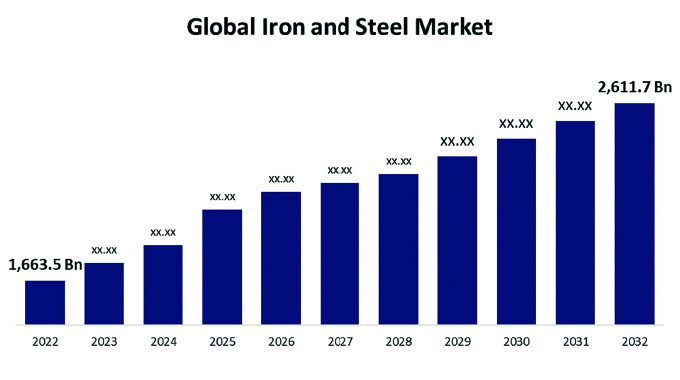Managing dry spells at farm level
Evans S Zininga
Situations that are extraordinary require, equally extraordinary measures to curb, contain and buffer. It is very important for farmers to create a safety net around their farms to reduce the impact of a persistent dry spells like Zimbabwe has faced this season.
The basic, but, simple plan for every farm should be concentrated on two major aspects of drought mitigation for the ordinary farmer, these are soil and water conservation, and herd management covering both crop and animal growers.
Soil and water conservation practices help a lot in reducing the impact of a dry spell, cutting back on the disruption of the soil structure, composition and natural biodiversity.
This reduces soil erosion, surface run off, degradation and water pollution. The best approach for soil and water conservation practices is through Agronomic and Soil Engineering concepts.
Agronomic measures focus on the way farmers practice their farming largely relating to land preparation and disturbances of the soil structure and texture. Engineering measures target the physical, mechanical and technical angle of using soil types, slope types, gradient, rainfall intensity and available technical material.
The idea is to save as much water as possible, use as little water as possible, store as much water as possible and reducing or eliminating loss of harvested water by any chance possible.
Conservation crop rotation is used systematically to grow several different crops in planned succession on the same field. It should include at least one soil conserving crop like Perennial Hay crops. This will reduce the speed of running water, erosion and land degradation.
Water is forced to stay longer at given points in its flow allowing for more percolation and saturation. Water in the soil is stored better than on the ground because there is limited evaporation and exposure to wind and the sun.
Contour farming can be practiced in sloppy areas like, Vumba, Chimanimani and Nyanga. The idea is to grow crops on the ‘level” across or perpendicular to a slope rather than up and down the slope. The rows running across the slope are designed to allow for tillage and cropping. This improves water retention, quality and soil management, hence farmers maintain good yields even in times of drought and dry spells.
Tillage systems can be used to take advantage of their benefits to soil and water conservation, thus reducing water usage, improving water utilisation and soil preservation. Farmers should master the trick science and art of using less fertilisers, crops can do with less water and good yields can still be achieved in dry seasons.
When farmers practise conservation tillage, they decrease water pollution, saving fossil fuel energy in the soil. It helps with the reduction of carbon emissions compared to conventional tillage. As an alternative factor, it reduces water demand and protects the quality of water available to their crops.
Basins and semicircular bunds can be used by Tree cropping farmers on their plantations to create saucer basins which allow water to sit for longer trapped in the basins. Irrigation supplements and precision watering can be channelled directly into the basins around the plant roots area, under the tree’s shade for protection from the direct sun and evaporation losses. This allows for better filtration and soaking up of the soil around the root area of your tree crop.
All the crops grown by farmers, are usually vegetative by nature. They grow more leaves and branches. Technically, this means they also require more nutrients, food, water and sunlight for survival. Farmers can use a method of pruning on all plantation crops and bush type crops.
This reduces competition by cutting down on the leaf area exposed to the sun and open air. It also helps in protecting indigenous plant species, which are more tolerant and to some extend resistant to dry and harsh conditions.
Engineering measures include construction of trenches and stone walls to prevent soil erosion and obstruct the flow of run off. The retained water increases ground moisture and recharges available ground water.
Check Dams and gully plugging structures made out of different readily available material on the farms can be used to create temporary water storage facilities for the farm. Farmers can also use percolation ponds on the farms.
There is always an opportunity in existing features on the landscape for conservation, farmers need to take advantage of these all the time. They can also build reservoirs and shape up depressions to form some extra storage facilities for flowing and raining water.
This will help in recharging the ground water availability on the farms. Farmers should drill more boreholes, build more dams, incorporate a water use planning function on the farm so that they have a guided approach to their water needs and utilisation of any extra water that comes through the farm.
Engineering could be more technical for the farmers and may have higher costs, but in the long term, it is a better and more permanent solution. If farmers work with local authorities, to predict the saturation levels of moisture in the clouds, they can invest in cloud seeding equipment and force the rains to come down.
In the US, every state has a department that works around the clock to monitor and advise the farming communities on their potential, possibilities and costs for every dry period that comes along. This can be employed in Zimbabwe as well.
Heard Management is a practical tool used to organise, prepare, monitor and evaluate the process of rearing animals, particularly cattle as they are the most drought prone and affected of all in Zimbabwe.
It is a necessary skill to enable farmers to grow their herds and make profit out of their herd even during a dry spell. It is essential to look at what it can do for the farmers in times of dry spells or droughts. It is usually a subject of integrated combinations of health, breeding, feeding, calving, genetics and economic forces.
In the view of mitigating against drought, a number of pointers can be used in Herd Management to help farmers stay in business and save as much of their herd as possible. Farmers need to pay attention to the expected drought duration, current water and feed supplies in stock, composition and physical condition of the herd, and the financial capacity of their respective farms.
A wise farmer would quickly reduce the stock numbers as soon as signs are evident that the feed resources are getting short. They need to run a full evaluation of the whole herd and eliminate those that are less useful in the pack. Farmers can slaughter them for sell to Butcheries or offload them through Abattoirs. The farmers will hold on to their money until such a time when they can re build their stocks after the drought or dry spell is gone.
During a drought, the production of milk rapidly depletes a cow’s body reserves and the calf will derive little benefit. Balance the time of the season with the age of the calf to determine success chances of an early weaning.
This will allow the cows a better chance of survival and the calves will mature quicker with a supplementary feed. This is highly recommended for any of the calves that are 3 months and older, the younger ones may still need to benefit from the colostrum and cow’s care and protection. The older calves can do with Lucerne, Grain, Molasses, Hay and protein meal diets.
When cattle are under nutritional, physical, and any other stresses, they become less resistant and tolerant to parasites and disease vectors.
Evans Zininga is an Agriculture Business and Investments Consultant, Agronomist, Post-Harvest Technology Researcher and author. He is currently based in USA. He can be contacted on [email protected].







Comments